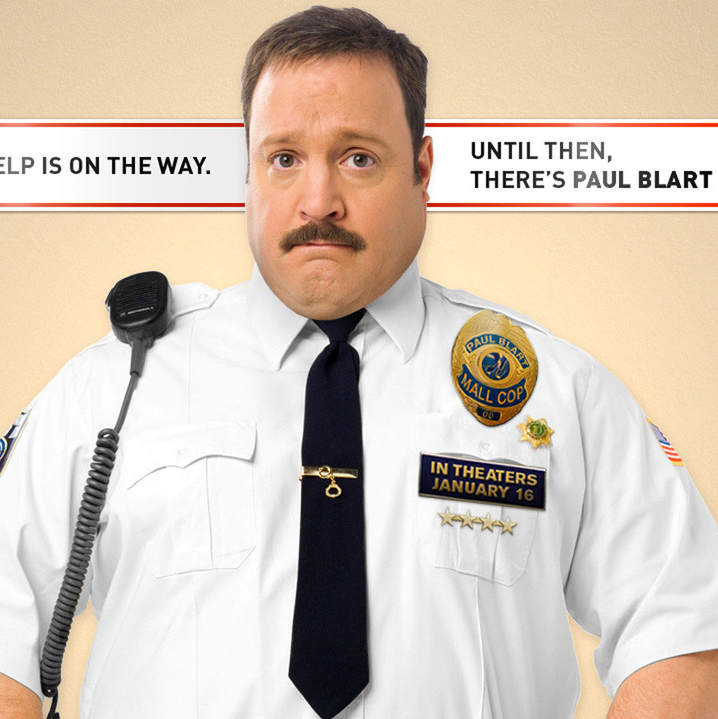I spent the five happiest years of my life in a morgue. As a forensic scientist in the Cleveland coroner’s office I analyzed gunshot residue on hands and clothing, hairs, fibers, paint, glass, DNA, blood and many other forms of trace evidence, as well as crime scenes. Now I'm a certified latent print examiner and CSI for a police department in Florida. I also write a series of forensic suspense novels, turning the day job into fiction. My books have been translated into six languages.
It all depends on where you want to work and what they require. At the coroner's office we all had at least a bachelor's degree in a natural science like biology, because there were not any forensic degrees then. If you want to be a DNA analyst you will probably need to major in genetics or biochemistry. At the police department where I work, with our very small lab, we are only required to have a high school diploma--but you get extra points in the interview process for advanced degrees so we all have at least a bachelor's.Hope that helps.
No. There are cases and victims that I feel sorrier for than others, but nothing reaching the level that I would call emotionally involved. Everything is over by the time I get there, and then I don't usually see the victims or other parties again so there isn't an opportunity to bond.
I'm afraid I'll need some more details than that.
No. Almost all blood enhancement reagents will not destroy the blood for DNA testing. I don't think it would affect confirmatory tests either, but If we wanted to do a confirmatory test for blood such as phenolphthalein we would probably just do it on a spot where the marks were smeared or otherwise not useful as fingerprints.
Security / Bodyguard
 Are you expected to take a bullet that's meant for someone you're guarding?
Are you expected to take a bullet that's meant for someone you're guarding?
Movie Theater Employee
 Why is movie theater food so overpriced?
Why is movie theater food so overpriced?
Bracketologist
 Where do you think the Selection Committee needs the most improvement?
Where do you think the Selection Committee needs the most improvement?
After I spent 10 years as a secretary, bored out of my mind. I always liked mysteries and I liked science, but I never really thought about putting them together until long after my first round at college.
The coroner's or medical examiners office, or find a college with an anthropology major and ask one of the professors.
I would think that would become obvious at the autopsy. If the victim is not dead, say missing, then that information would most likely come to light when they talk to the victim's doctor or family members.
-OR-
 Login with Facebook
Login with Facebook (max 20 characters - letters, numbers, and underscores only. Note that your username is private, and you have the option to choose an alias when asking questions or hosting a Q&A.)
(A valid e-mail address is required. Your e-mail will not be shared with anyone.)
(min 5 characters)
By checking this box, you acknowledge that you have read and agree to Jobstr.com’s Terms and Privacy Policy.
-OR-
 Register with Facebook
Register with Facebook(Don't worry: you'll be able to choose an alias when asking questions or hosting a Q&A.)